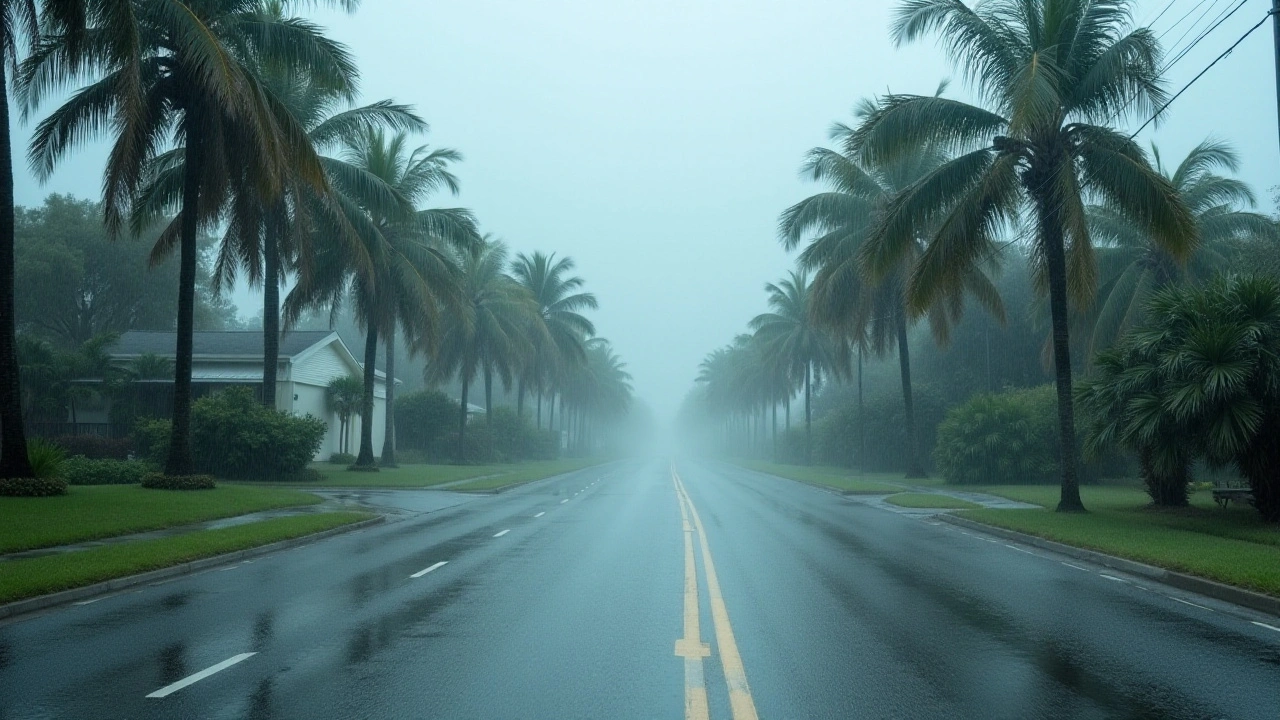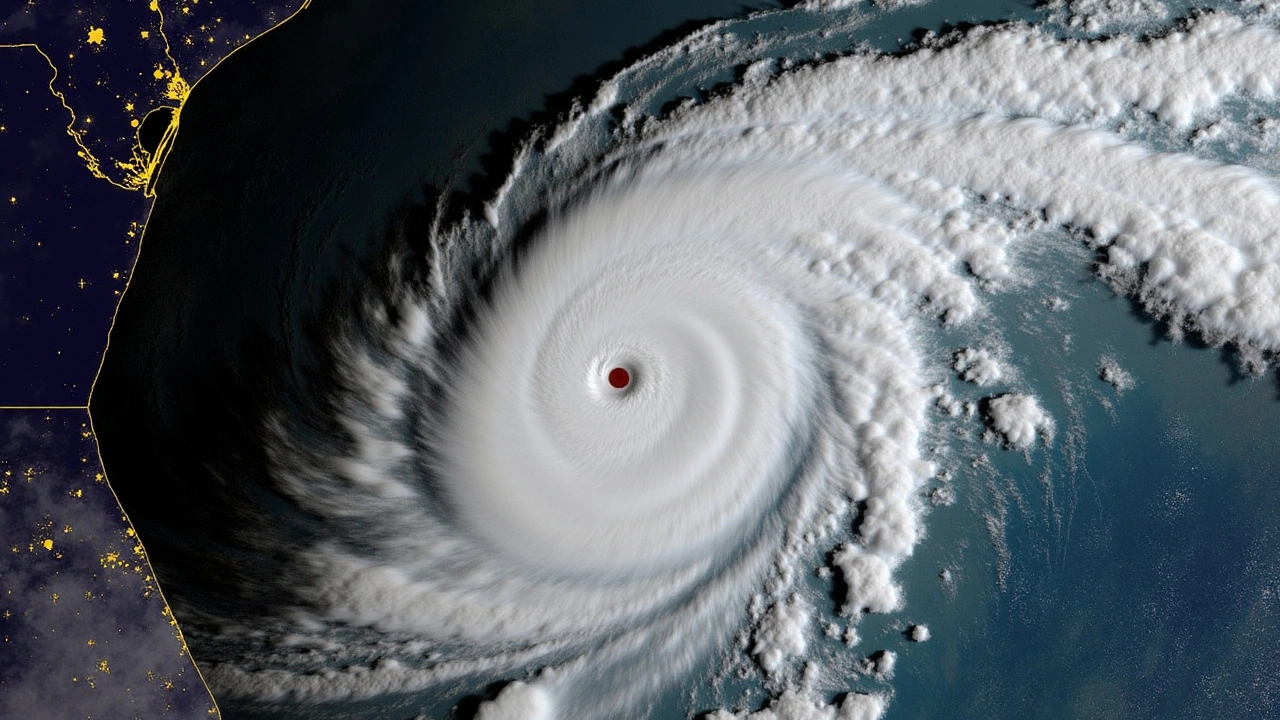Storm Surge: What It Is and How to Stay Safe
When a big storm rolls in, the water can rise like a wall and flood everything near the coast. That sudden rise is called a storm surge. It’s not just rain or waves – it’s the ocean pushed inland by strong winds and low pressure. People often underestimate it, but a few feet of water can wipe out houses, roads, and lives in minutes.
What Is a Storm Surge?
A storm surge forms when a hurricane or tropical storm’s wind blows water toward the shore. The wind piles up water against the land, and the low pressure in the storm’s eye lets the sea level rise even more. The result is a fast‑moving surge that can be several meters higher than normal tide levels.
Two things make a surge especially bad: the shape of the coastline and the speed of the storm. Narrow bays or shallow shelves can funnel water, making it rise higher. A fast‑moving storm doesn’t give the water time to spread out, so it crashes straight onto the shore.
Because surge height adds to regular tides, the worst damage usually happens at high tide. That’s why you’ll see news headlines warning that the “storm surge could reach 8 feet at high tide.” Knowing the timing of the tide can help you decide when to evacuate.
How to Protect Yourself and Your Home
First, pay attention to local alerts. If the National Weather Service (or your country’s weather agency) issues a storm‑surge watch or warning, treat it like a fire alarm – you need to act fast.
Second, have a simple evacuation plan. Know the fastest route to higher ground, pack a bag with essentials (water, meds, chargers), and tell a neighbor or friend where you’re headed.
Third, reinforce your home if you can’t move. Raise valuable items above the likely flood level, seal windows with plywood, and install a back‑flow valve on the sewer line to stop water from coming back up.
If you live in a flood‑prone area, consider buying flood insurance. Regular homeowner’s policies often don’t cover surge damage, so a separate policy can save you from a huge bill later.
Finally, after the storm passes, stay away from standing water. It can be contaminated, and the current may still be strong. Use a flashlight, not a candle, and wear waterproof boots if you need to check damage.
Storm surges are powerful, but with the right info and quick actions you can protect yourself and your family. Keep an eye on the forecast, have a plan ready, and don’t wait until the water is already at your doorstep.
Hurricane Milton Threatens Tampa Bay with Severe Weather: Residents Urged to Act Immediately
Hurricane Milton, a formidable Category 4 hurricane, is advancing across the Gulf of Mexico towards Florida's Gulf Coast, aiming to make landfall around 2 a.m. Millions in Tampa Bay are bracing for its impact, which includes violent winds, heavy rains, and deadly storm surges. The federal government is working rapidly to prepare communities for the storm's imminent arrival, likely causing significant damage and disruption.
Hurricane Milton Threatens to Worsen Florida's Coastal Vulnerability
Hurricane Milton looms ominously toward Florida's coastline with the National Hurricane Center warning of its menacing potential impact. This Category 4 storm was 585 miles southwest of Tampa early Tuesday, expected to impact western Florida by late Wednesday or Thursday. Early storm conditions might arise Wednesday, with dangerous storm surges and winds reaching 155 mph, prompting evacuations and travel disruptions across the state.

